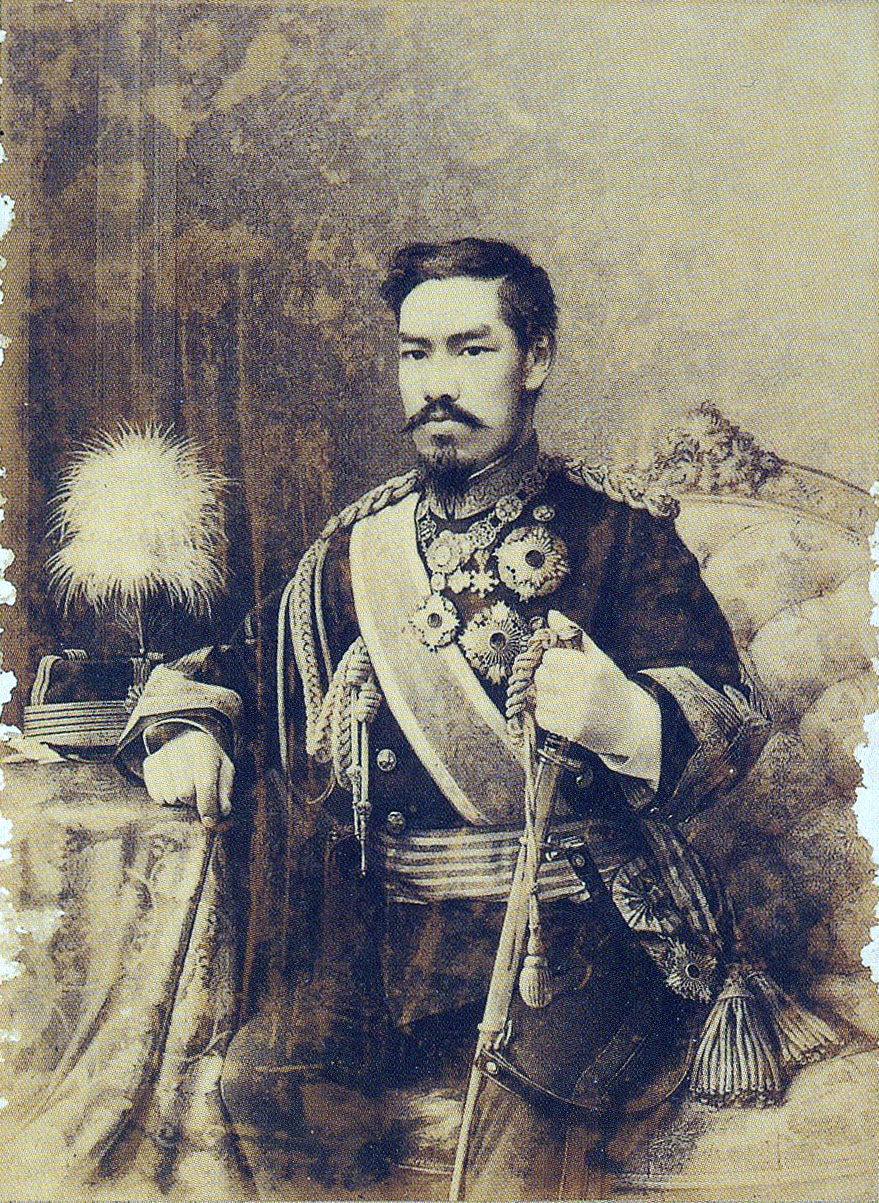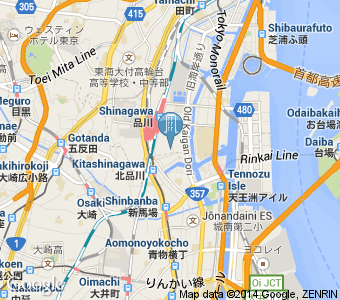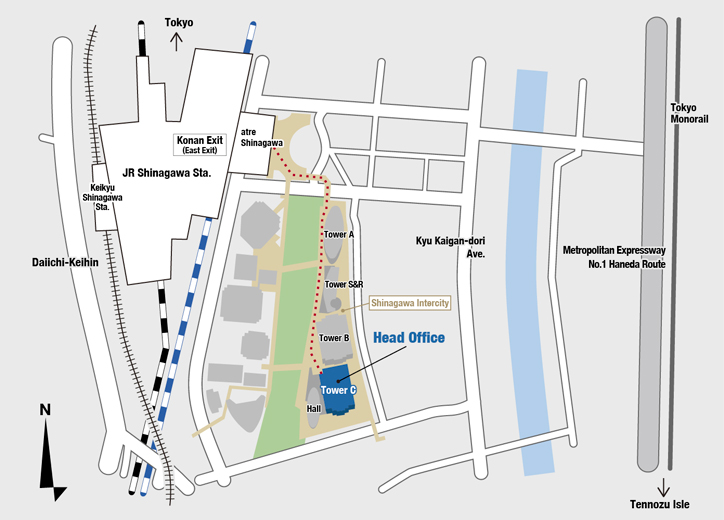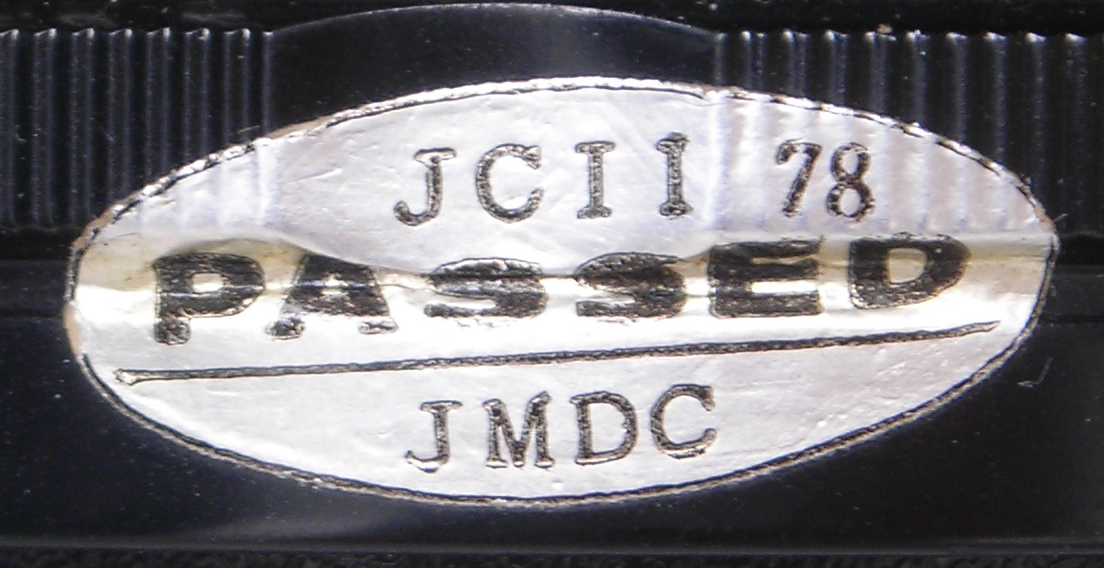Short
history of
Nikon
Corporation™
Nikon
and Nikkor are registered trade marks of Nikon Corporation.
In April 1946 the name Nikon was derived from the company’s
name NIpponKOgakuN.
Nikkor
was used since 1932 for its lenses.
As
per April 1, 1988 Nippon Kogaku K.K. adopted its new company’s
name Nikon Corporation*.
In
the beginning......

Emperor
Mutsuhito**
The development
of the Japanese optical industry is very much linked to the expansion
policy of the Japanese government in the 19th and 20th century. Emperor
Mutsuhito (1852-1912) came to the throne in February 1867 and at once
dispensed with the restraints imposed for centuries by the military
leaders (shoguns) on successive emperors. This restoration marked
the beginning of Japan’s modernization, known as the Meiji
Period and lasting until
the end of Mutsuhito’s reign. Restrictions on foreign
trade were removed, and the Japanese borrowed heavily
from Western methods. A new Army was modeled
on the German; a new Navy on the British. Higher education was formed
on the principles of the German philosopher Wilhelm von Humboldt;
a centralized bureaucratic government was set up, and the country
began a swift process of industrialization. The second half of the
Meiji Period saw the beginning of Japanese expansion on the Asiatic
mainland, marked by the penetration of Korea and Manchuria and by
victory in the Russo-Japanese War of 1904-5. During the reign of the
Emperor Yoshihito (1912-1926), known as the Taisho Period,
Japan emerged as one of the Great Powers and as an emerging economy,
running behind the industrial revolution of the western world. Economic
growth was hampered - however - by various military conflicts with
continental-Asian enemies, the open rebellion in Korea and a considerable
industrial unrest (intensified by the suffering caused by the great
Tokyo earthquake of 1 September 1923). Many industries in Japan were
set up by national and local governments to supply governmental organizations
with special equipment.
After many centuries
of importing optical instruments - mainly from Europe - Japanese government
advocated and ordered the establishment of a national optical
industry. On 25 July 1917 two optical industries {in fact the
Optical Instruments Department of Tokyo Keiki Seisaku
Sho (Tokyo Measuring Instruments Works, established 1 May
1896) and the Reflecting Mirror Department of Iwaki Glass
Manufacturers (founded 24 October 1883 by Taijiro Iwaki)}
merged
and formed a new company with capital investment from Koyata Iwasaki,
President of the Mitsubishi keiretsu: Nippon Kogaku Kogyo
Kabushiki Kaisha, abbreviated to Nippon Kogaku K.K. (Japanese
Optical Industry Company). In December 1917 Fujii Lens Seizo
Sho (founded by Ryuzo & Kozo (aka Mitsuzo) Fujii in 1909)
joined the new company, which became official early 1918. The new
company opened a factory in Ohi in the Shinagawa district in Tokyo,
Japan. The Nikon headquarters at the time was located in the premises
of the Tokyo Keiki company, however. The Ohi-factory became the main
office of Nikon Corporation until November 2014, which nowadays also
has factories and production units in other towns in Japan, and in
other countries like Thailand. Nikon Corporation
also has two sales departments outside Japan: one in Europe (Lynden,
the Netherlands) and one in the United States of America (New York).
Nikon Corporation is still member of the Mitsubishi
keiretsu.
Nippon Kogaku
K.K. was actually set up to serve the Japanese armed forces. It was
Ryuzo Fujii, graduated from Tokyo Institute of Technology after a
3-year study in Germany, who invited in 1919 a group of 8 German specialists***.
They arrived early 1921 and started to make optical surveying equipment
(telescopes, microscopes, binoculars, and range finders) and (Anytar)
lenses for the Japanese imperial navy, army and - later - air force
only. In April 1924 the Fujii brothers resigned. In the 1930´s
photographic lenses (Nikkor) were produced for fellow
camera manufacturers (like Katsura, Canon and others) too. In Japanese
internal history, the so called Mukden Incident (18 September 1931)
marked the beginning of a militaristic reaction until the defeat of
1945. War
time increased the need of high end instruments in large quantities.
Marketing, consumer relations, public relations and cost effectiveness
were not an issue. Nippon Kogaku became one of the largest optical
industries in Japan - maybe even in Asia - with some tens of thousands
of employees. On 25 November 1936 an agreement (Anti-Komintern Pact)
between Germany and Japan was signed; Italy adhered to the Pact in
November 1937. On 27 September 1940 the rulers of the so called Axis
Powers {Adolf Hitler of Germany, Benito Mussolini of Italy and Hirohito
(aka Emperor Showa) of Japan} signed the so called Tripartite Act
in Berlin (later some Balkan countries signed, too). In the framework
of that mutual assistance treaty Germany gave nearly all Carl Zeiss'
patents for free to Japan! This 'knowledge bank' was very much welcomed
by the optical engineers.
* The brand/name Nikon has nothing to do with the clerical name of
the Russian monk Nikita Minim (1605-1681), who became Patriarch of
Moscow in 1652.
** a print of this painting (by an Italian artist) was distributed
in the 1870's to all public schools in Japan.
*** In 1921 Heinrich Acht, Ernst Bernick, Hermann Dillmann, Karl
Weise, Albert Ruppert, Max Lange and Otto Stange arrived on a 5-year
contract in Japan. Mr. Lange died in Japan in 1923 and Mr. Stange
in 1924 in Japan, too. Mr. Acht, who was leading the German delegation,
extended his contract until 1928. The other 4 Germans went back to
Germany in 1926.
After
World War II.........
After WWII foreign
currency was desperately needed to feed domestic economy. Military
equipment was not needed, not even allowed to be produced. Nippon
Kogaku - considerably slimmed down - carefully stroke out upon new
paths: camera market.
German patents
on various industrial thus optical designs and instruments became
null and void. In 1948 its first range finder camera was introduced
(partly cribbed from Leitz and Contax as all German patents were annulled
with the country's defeat). Because of the ´Nippon´ film
format (24 x 32 mm.) and its relatively high price the camera wasn´t
a success on the domestic and export market. An unexpected but welcome
introduction on the American market by a few enthusiastic American
photojournalists and by a gifted public relation professional (Joseph
Ehrenreich) Nikon cameras and Nikkor lenses gathered an almost indestructible
reputation in Northern America. The import of Nikon products into
the USA was in the hands of the Overseas Finance and Trading Company
(OFRITA) in San Francisco from 1949-1953*. In 1954 Joseph
Ehrenreich, owner and CEO of Ehrenreich Photo-Optical Industries
(EPOI) acquired the import of Nikon products, which led to an enormous
boost in sales in the USA. In 1981 Nikon Corporation took over EPOI
officially naming their subsidiary Nikon Americas Ltd. Nikon also
opened an official subsidiary in Europe (Nikon AG, Switzerland) in
1961.Since Switzerland is not a member of the European Union Nikon
opened in 1968 its official European HQ in the Netherlands, followed
by more subsidiaries in countries like the United Kingdom (1979),
France (1986) and Russia (2008). In other parts of the world Nikon
is also present (i.e. Korea and Thailand - 1990 and Mexico - 2009).
*popular photography/March'91
In 1959 Nikon´s
first single lens reflex camera - Nikon F - was introduced:
a real workhorse like its successors Nikon F2, F3, F4, F5
and Nikon F6. In 1986 the first auto focus SLR (F501/N2020)
for amateurs and in 1988 the professional AF-camera - Nikon F4 - was
introduced. For amateur photographers the (unsuccessful) Nikkorex,
the very tough Nikkormat-series, compact FM/FE-series
and a whole range of AF-, APS-, compact, underwater (Nikonos),
movie and video cameras - with varying success - were marketed. In
1997 the first Coolpix (digital compact camera) was
introduced, followed by Nikon´s first professional digital SLR
camera, the Nikon D1 in 1999.
Finally in 2018 Nikon introduced a new series of digital system cameras
and lenses: the Nikon Z-series.
After the German
camera industry had to bow its head in the early 1970´s for
the constantly improving Japanese optical industry, the (late 1980´s)
re-named company - Nikon Corporation - became the
world´s second most wanted camera and lens manufacturer. To
date Nikon, together with its rival Canon, is still one of the leading
optical companies in the world. It produces cameras, lenses, binoculars,
steppers, sports optics, measuring instruments and almost everything
else fitted with an optical lens. Nikon
Corporation is - since its foundation - division/member of the Mitsubishi
Keiretsu, one of the world´s largest industrial groups. It has
production facilities in (among others) Japan, China, Thailand, (South-)Korea,
Indonesia, Vietnam, Malaysia and Philippines and official representations
in all major countries all over the world.








Despite its
presence in all continents and the 2004 announced Consumer Relations
Management, Nikon's HQ in Tokyo remain almost - due to the inscrutable
Japanese communication culture - inaccessible for most foreigners. Although
decisions are entirely made in Tokyo, foreign journalists are asked
to contact Nikon's representations in their respective countries! And
when visiting the main (global) website (www.nikon.com, without a contact
button!) in Japan it will automatically refer you to the representation
in your country. But on that global website - however - Nikon increasingly
has put comprehensive information about its history and its products.
Nikon
Corporation's HQ
Since late
November 2014 Nikon Corporation's head office - and all main departments
and affiliated companies - are located in the 32-storeyed, 140 meters
high, Shinagawa Intercity Tower C in Tokyo (see below).


For more information
please visit the company’s web
site
Nikon
Museum
On October 17, 2015 Nikon
Corporation opened a very nice museum, in Tower C (see above map), in
which "you will see how Nikon has progressed to what it is today".
Location:
Shinagawa Intercity Tower C, 2F, 2-15-3, Konan, Minato-ku, Tokyo 108-6290,
Japan
Access 7 min. walk from the Konan Exit of JR Shinagawa Station
10 min. walk from Keikyu Shinagawa Station
Opening hours 10:00 a.m. - 6:00 p.m. (last admission at 5:30 p.m.)
Closed Sundays, Japanese national holidays, and other days determined
by the Museum
Admission Free
Contact TEL: +81-3-6433-3900 FAX: +81-3-6433-3901
See for more
information the Nikon Museum
website.
Apart from
photographic equipment Nikon Corporation is one of the world's leading
producers of so-called steppers. In 1980 Nikon Corporation introduced
the world's first production-worthy step-and-repeat photolithography
tool for semiconductor fabrication. With a stepper it is possible to
reduce integrated circuits down to microscopic sizes via a complex process
called photolithography, enabling to manufacture chips for computer
processors, memory sticks, etc.
In its conference
on May 14, 2015 Nikon Corporation presented its Medium Term Management
Plan under the slogan "Next 100 - Transformation to Grow".
It is striving 'to be a corporate entity having 6-business portfolio
for sustainable growth'. Those 6 businesses are lithography, imaging
products, semiconductors, microscopes, industrial metrology and medical
business. Unfortunately in that plan nothing is mentioned about public
relations or about the above mentioned consumer relations management.
Quality control........
Manufacturing
with clockwork precision and with minimal tolerance, based on intelligent
engineering and artistic design, may be a prerequisite to produce high-end
cameras and lenses, but quality control always remains an important
factor in a production process. Nikon Corporation has a reputation of
employing inexorable inspectors who are testing each product tenaciously.
In addition to that Japan has - since 1954 - created an institute which
is unique in its kind:

Japan
(Nippon) Camera and optical instruments Inspection
and testing Institute, famous for its golden JCII
sticker (see above) on many cameras, lenses and other photographic gear.
It was formed to inspect all cameras exported from Japan in order to
maintain quality standards. It is said that when of one production run
of 300 cameras 5 or more cameras did not meet the minimum requirements
of the JCII the whole party was sent back to the manufacturer! In 1969
JCII was re-named Japan Camera Industry Institute and started to preserve
'Historical Japanese Cameras'. A very interesting collection of these
historic cameras and many proto-types are shown in the JCII museum in
downtown Tokyo, open to the public since 1989. The museum has also a
'Photo Salon' and a large library.
Disasters
The Japanese
archipelago is located in an area where several continental and oceanic
plates meet. This is the cause of frequent earthquakes and the presence
of many volcanoes and hot springs across Japan. If earthquakes occur
below or close to the ocean, they may trigger tidal waves (tsunami).
Nearly every month an area in or around Japan is hit by an earthquake.
Some earthquakes were devastating, hitting also Nippon Kogaku alias
Nikon Corporation. The Great Kanto earthquake in September 1923 with
a death toll of over 100,000 destroyed a large part of the premises
of Nippon Kogaku. Also the Hanshin earthquake hitting Kobe in January
1995 caused a lot of damage. The Great East Japan Earthquake - as the
Thohoku earthquake of March 2011 is called by Nikon Corporation - that
mainly hit the Sendai region with a death toll of over 24,000, was devastating
for Japan's industry and infra-structure, too. By the end of March 2011
Nikon Corporation reinstated all its factories, running to a total damage
of 2,313 million Yen. Not all production facilities were fully operational,
and some supply companies were not able to operate at full power.
Just after
these problems were solved Nikon Corporation (and others unfortunately)
was hit by the devastating flooding in Thailand mid 2011. Operations
(stopped per October 6) resumed from January 2012. Suppliers of parts
for Nikon photographic products were affected by the series of earthquakes
mid April 2016 in Kumamoto Prefecture, Japan. In 2020 Nikon was also
hit by the COVID-19 pandemic, hampering production and supply chains
seriously.
An interesting book has
been written by the Dutch journalist and professor Karel van Wolferen,
titled 'The Enigma of Japanese Power' in 1989. (ISBN 90-6766100-7),
which has been translated into twelve languages and is generally considered
to provide the most elaborate intellectual support of what has been
called the "revisionist" view of Japan. His analysis is
well-known and appreciated among the most prominent reformist politicians
of Japan. He has gained a large Japanese readership with some sixteen
books (with a total of well over one million copies sold), on political,
economical and historical issues relating to Japan as well as on problems
of political change and global compatibility among economic systems.
Back to top |